A Space Between
17 - 29 July 2012 | PhotoIreland Festival | Signal Arts Gallery, 1 Albert Avenue, Bray, Co. Wicklow
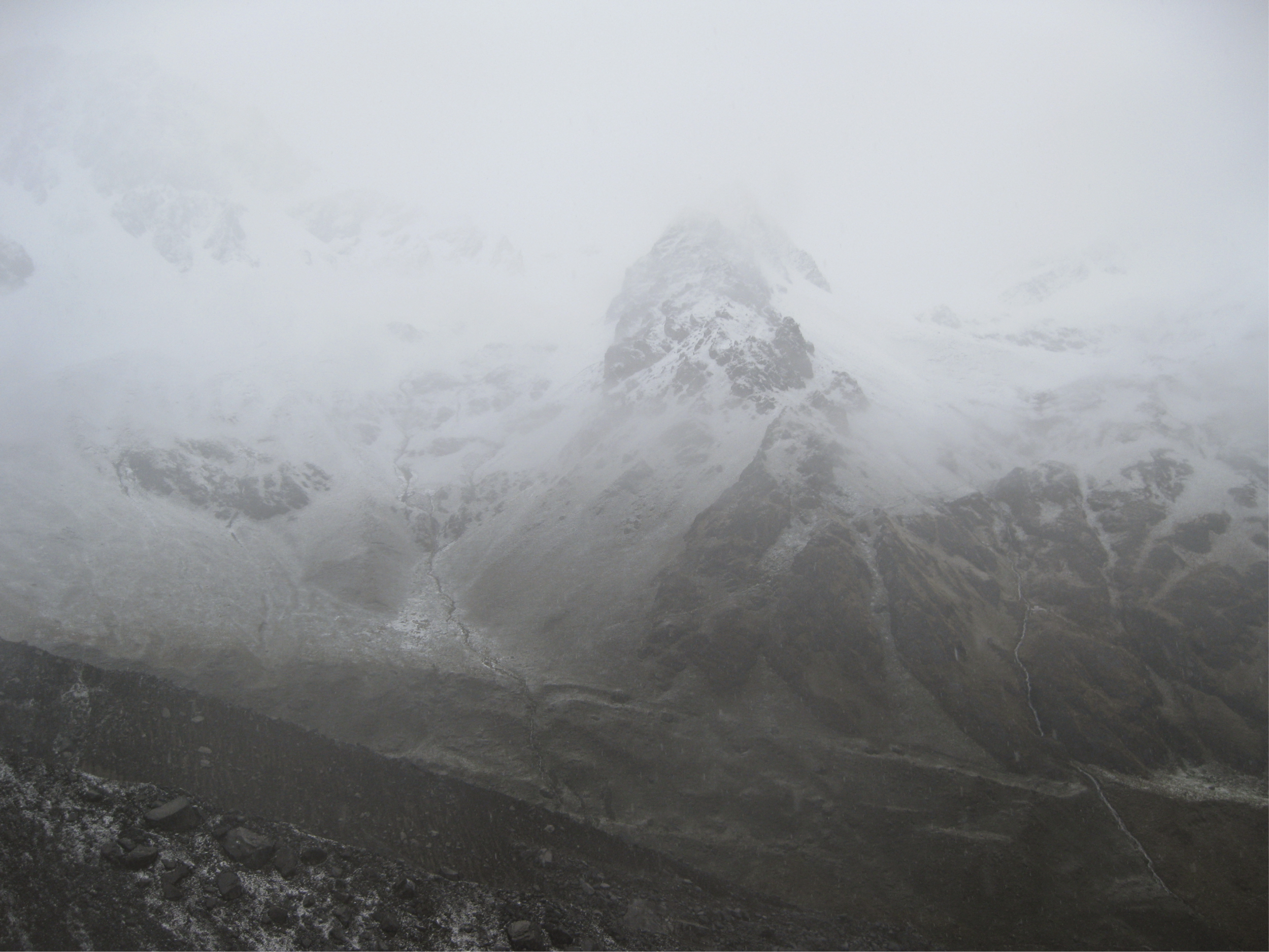

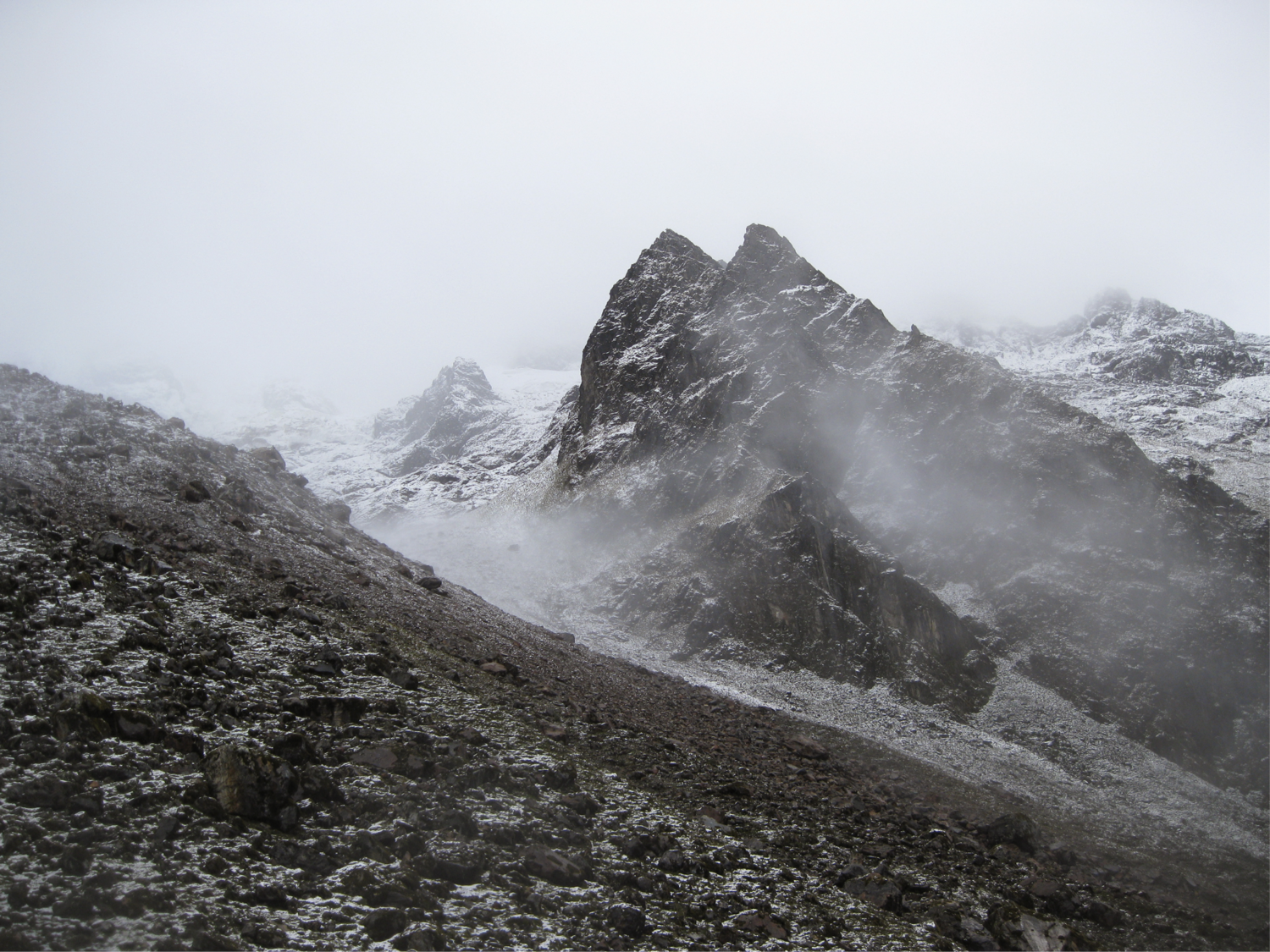
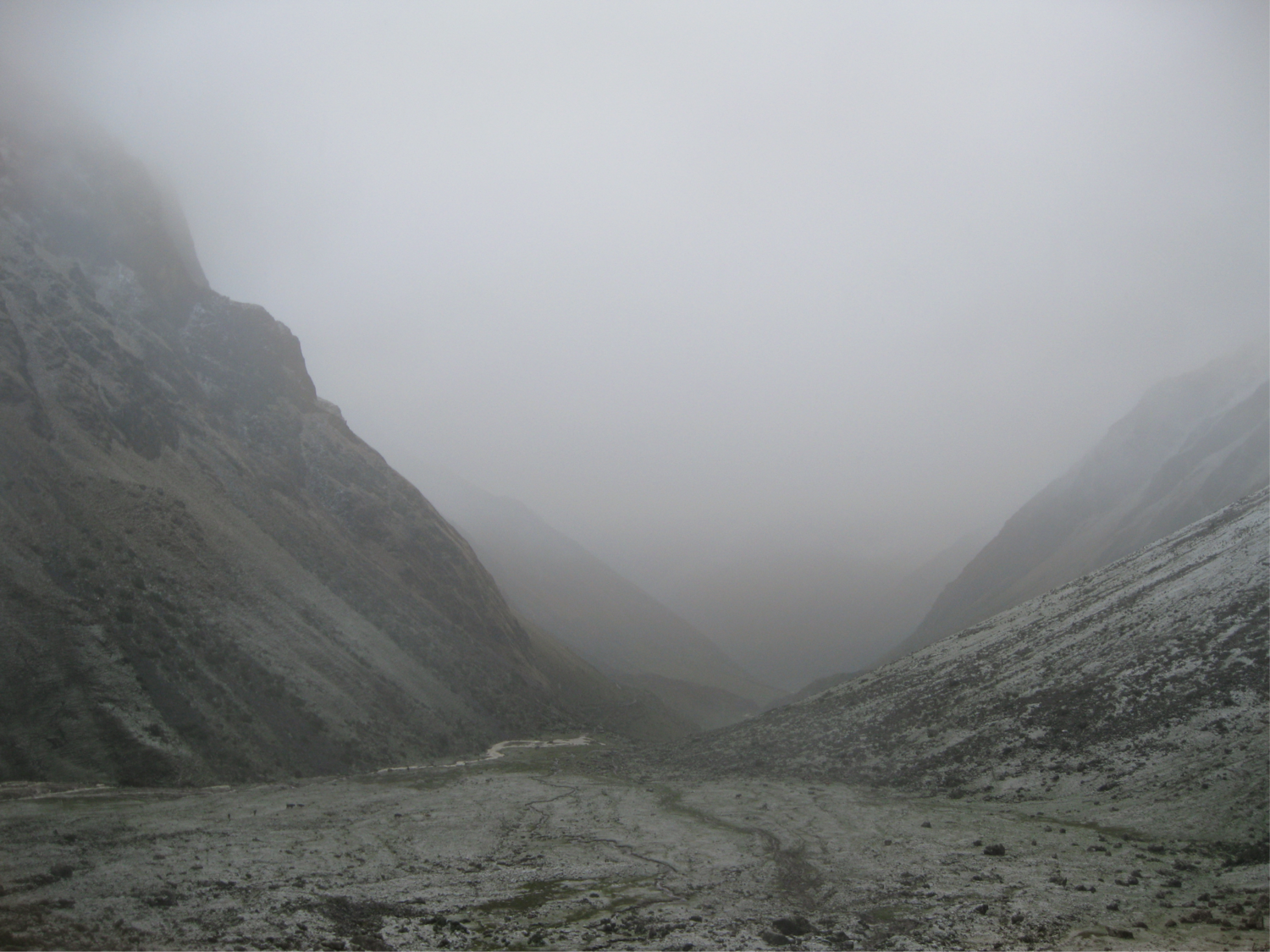


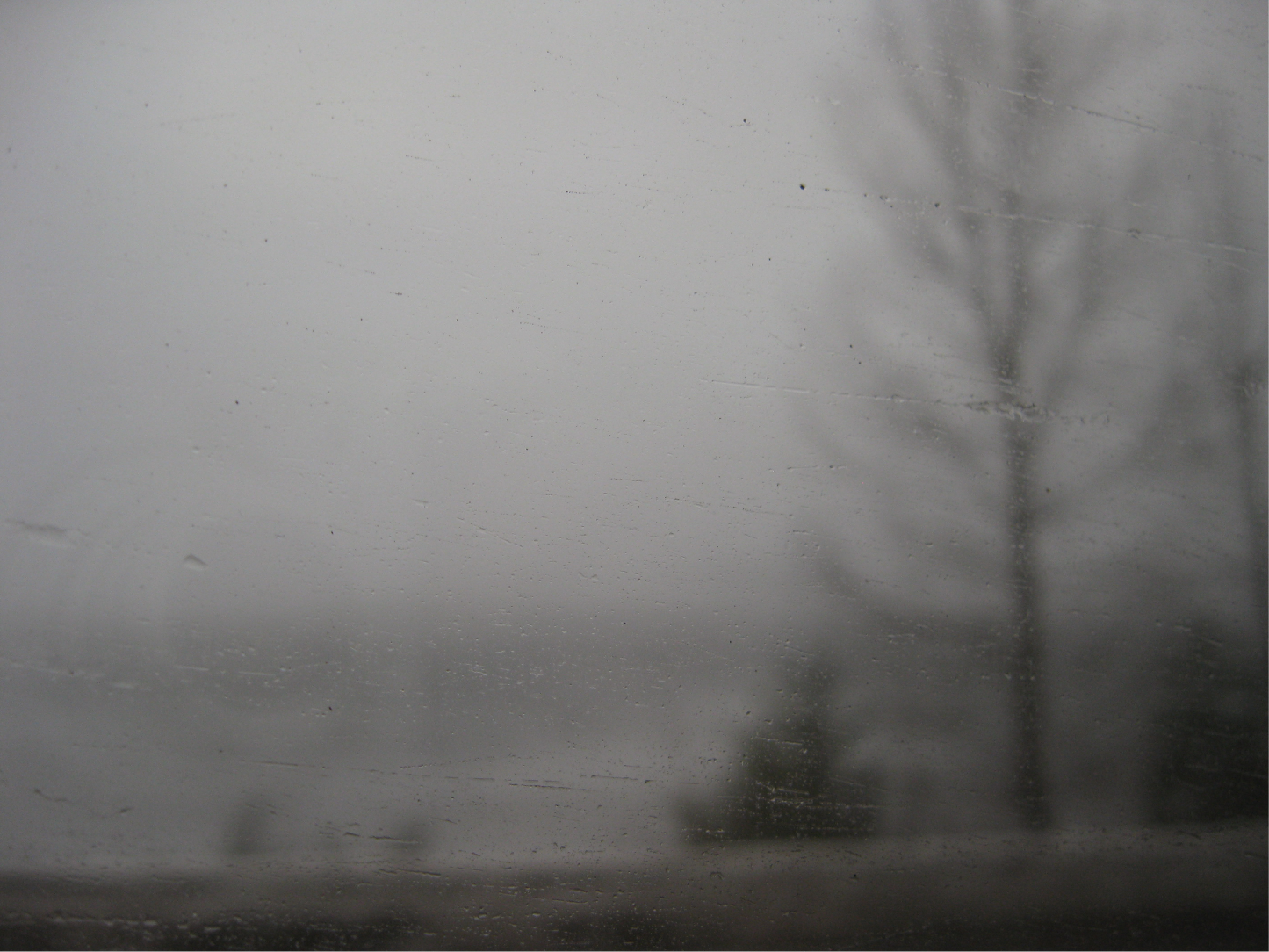
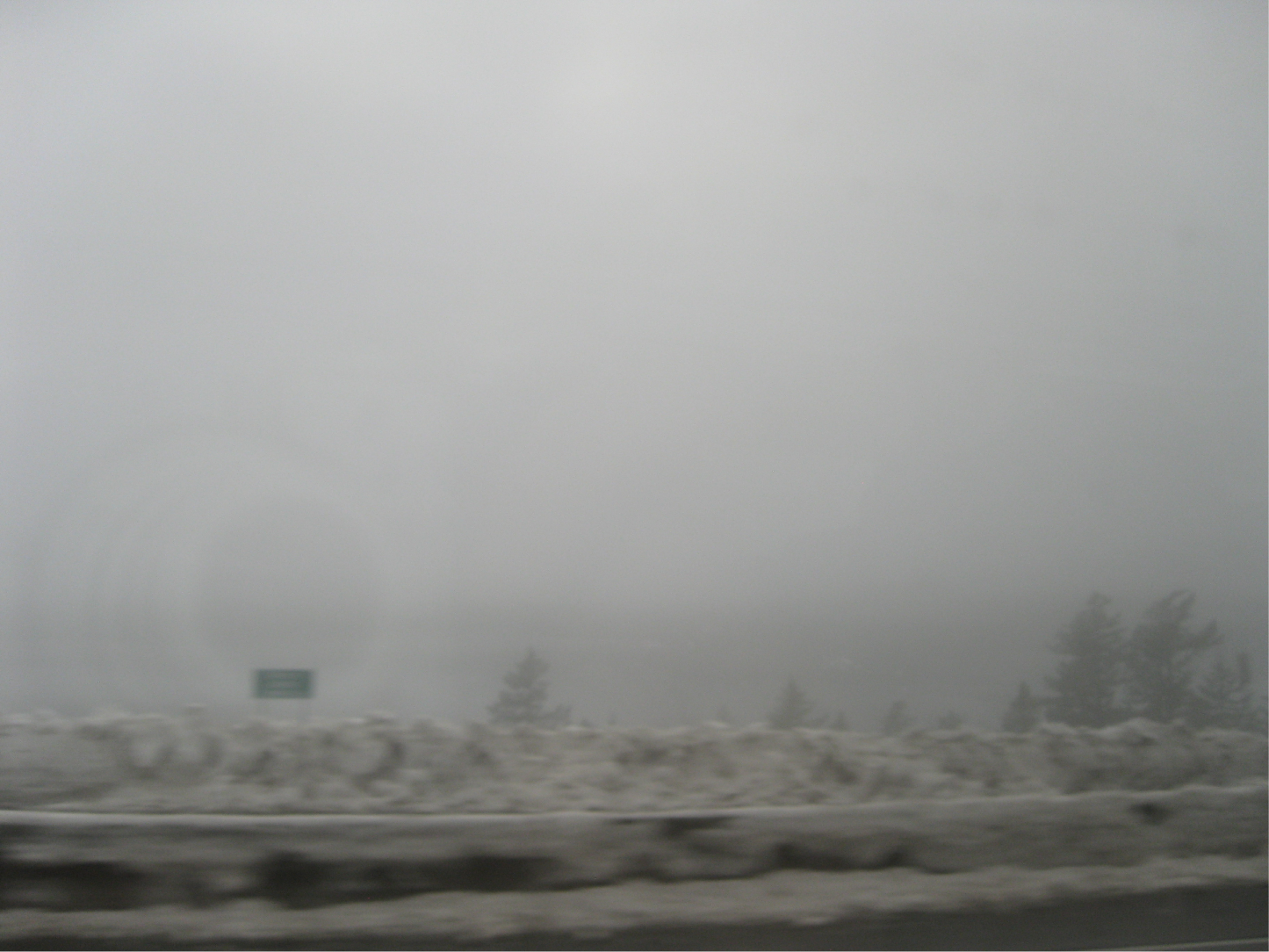
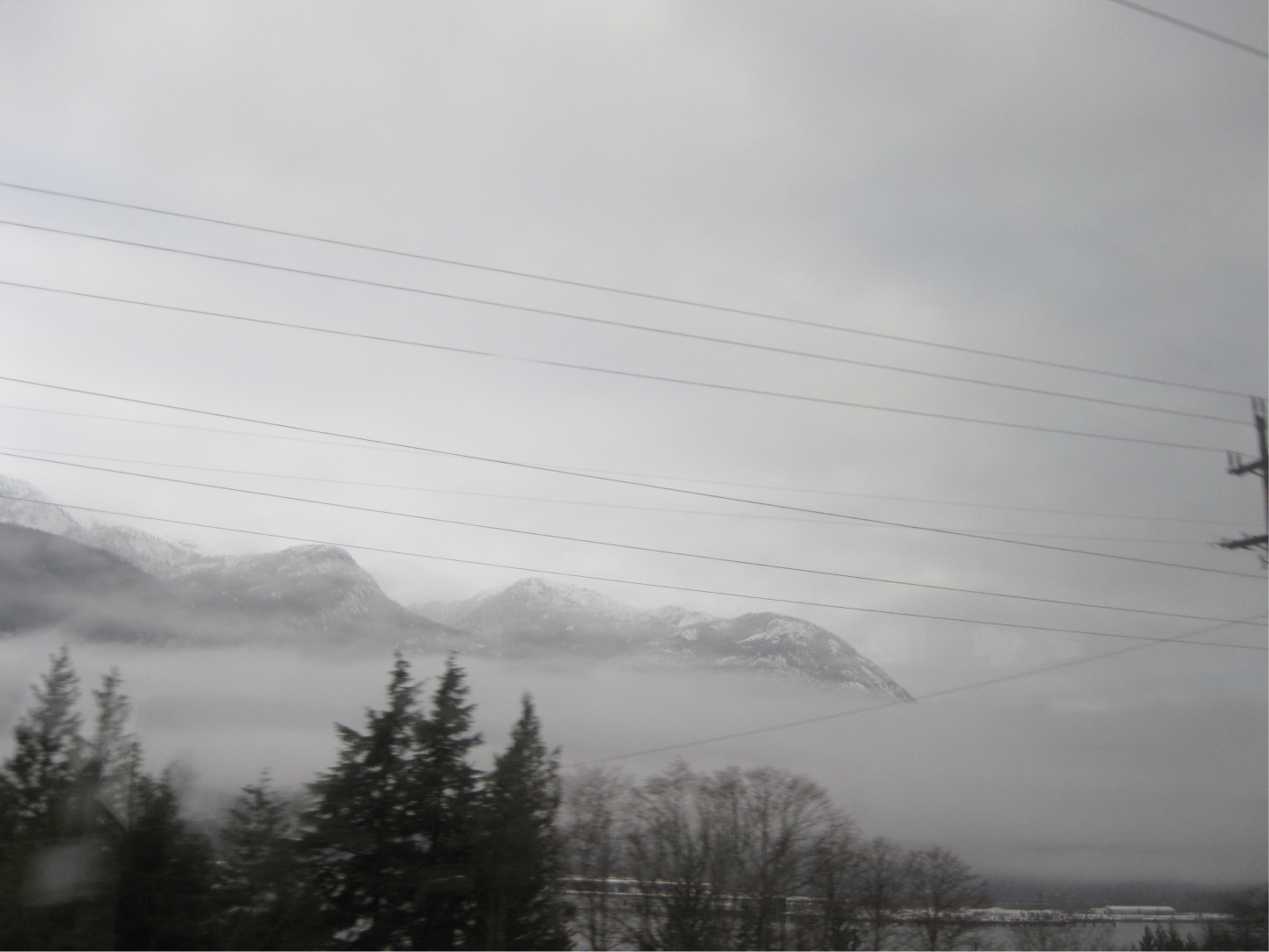


Some mist curling around the back of an ear, as hair does in rain...
Almost certain that I am not meant to be here but knowing also how cautious I’ve gotten to be. Unnecessary worries - crude ideas that I have made a promise to be somewhere else, far from and different to here. There is a place I can see ahead where angles meet, with maybe a locus springing. I could walk that way – the path facilitating, and still be back where I am meant to be in time. I have after all been at times adept with time keeping, I have been capable of making do, and now it seems at least plausible that I could by turning my ankles outward skid partially down to where I would like most to be. I am afraid of heights and I am afraid of the dark but the coolness of this mist and its pooling I cannot understate. I stand here and think of things touched repeatedly, of inconsistencies worn smooth. But it strikes me with my first steps that I am not dressed properly to be here. This becomes what I question the most, my bare arms and the skin of them puckering to form a toughened texture, the hair of them collecting as though remembering itself as fur and not a sparse collection of fine stalks, used to jumpers tugged to wrists as an aid against the cold. My feet will soon be wet, and later my back will stiffen, a whistling ache will shoot up my neck and I will most likely sit somewhere to rest and see my wrists grazed by vines and nettles. But I make for another step, another foothold makes itself seen, and I marvel at the quiet of the weather.
Julia Kristeva has written of subjectivity – be it of daily life, of aesthetic experience - that it still includes some aspect of the otherness, the alien quality persistently nudged to the peripheries, to a marginal existence. In our deepest introspection there is still the possibility that we can be seen, that we are not safe. Ironically, she believes that when total subjectivity is undergone we are in the gut of the abject; that which we would wish to propel from ourselves and ultimately eradicate. It is something we would render obscure because it references the limits of the body, its ‘cycles and fatality’, and we have trained ourselves to be limitless in our energy, our ability to absorb and propagate, hear and see.
Silence is not acceptable. We do not believe in it as a sensation with function. Words are superimposed and feelings assumed to counter the tension between attachment and detachment; the ‘psychic space’ must be filled, and in filling it we negate the possibility of a future, with all the means of experience available to us having been spent.
Our days are divided by quick hot batches of sunshine and then cloud cover again, determined as a blanket thrown. What do we do inside of this greyness? The sun tells us there is time for movement and loudness, but what do we learn from the grey with its smells of cold and smacking pavement? There are feelings here that have not quite become incarnate, that have not been fully appropriated. There are still things to be made manifest and in locating them we disassociate or divulge.
Kristeva links artistic creation to the maternal chora in that it is a place of reception, a place we move toward and into and fill then with the stuff of our own interiors. We fill it with beauty, or terror, or memory. There can be grand imaginings here, any degree of in-between can be cultivated. The ‘symbolic realm’ art is said to occupy need not be awash with symbols, only time is necessitated, a pausing and a giving of room. Such moments are feasible but they require of us practices we do not generally habituate. We must learn again stillness and its siblings and the steps it makes toward things undone and constructed again. There is much ambivalence in its dearth of words that we need to sleep and that we find ourselves unusual in seeking, a counterpoint allowing for frailty and a belief in what we are the only one to witness.
There is an interesting correspondence between psychoanalysis’ sublimation and art history’s the Sublime. Sublimation describes a means by which we redirect our ‘inappropriate’ feelings, an act within the subconscious instigated by fear of disapproval. The Sublime denotes a beauty that is terrifying in its scope, beautiful precisely because it can do you harm, and incomprehensibly vast. One is a defence mechanism and the other something we are drawn to because of the fear it inspires. A channelling of unaccepted feelings into the ‘norms’ of society and an image that transcends human endeavour in its power to obliterate all of its renderings. A means of concealing unacceptable urges and a word marking in history a developing taste for the rugged over the smooth, the forceful over the tranquil. By way of sublimation, we embed things within ourselves. In the artistic sublime, we are swept away and ravished. In one, we exercise a level of control to avoid such activities as violence. In the other, we are overwhelmed by violence, and choice evades us.
In both, a strong ambivalence is at play. The desire to act out, to act according to one’s inherently anti-social urges is overwhelmed by the want to go unnoticed. The pleasure of being consumed, even if consumption necessitates the acknowledgement that we are smaller and weaker than the forces at hand, seems for a moment the most perfect method of demise. The terror we feel is not in itself sublime, it is the abject that we attempt to sublimate. They are wound around one another. That which we want to envelope us, sourced in what we have long rolled our shoulders out of, and in shunning it we have ingested it, and it has returned in this remarkable hugeness, to return the favour. Is it unknowingly then that we make steps toward it? Skidding some, tripping some. Ill-dressed against the cold.
Sue Rainsford, July 2012
